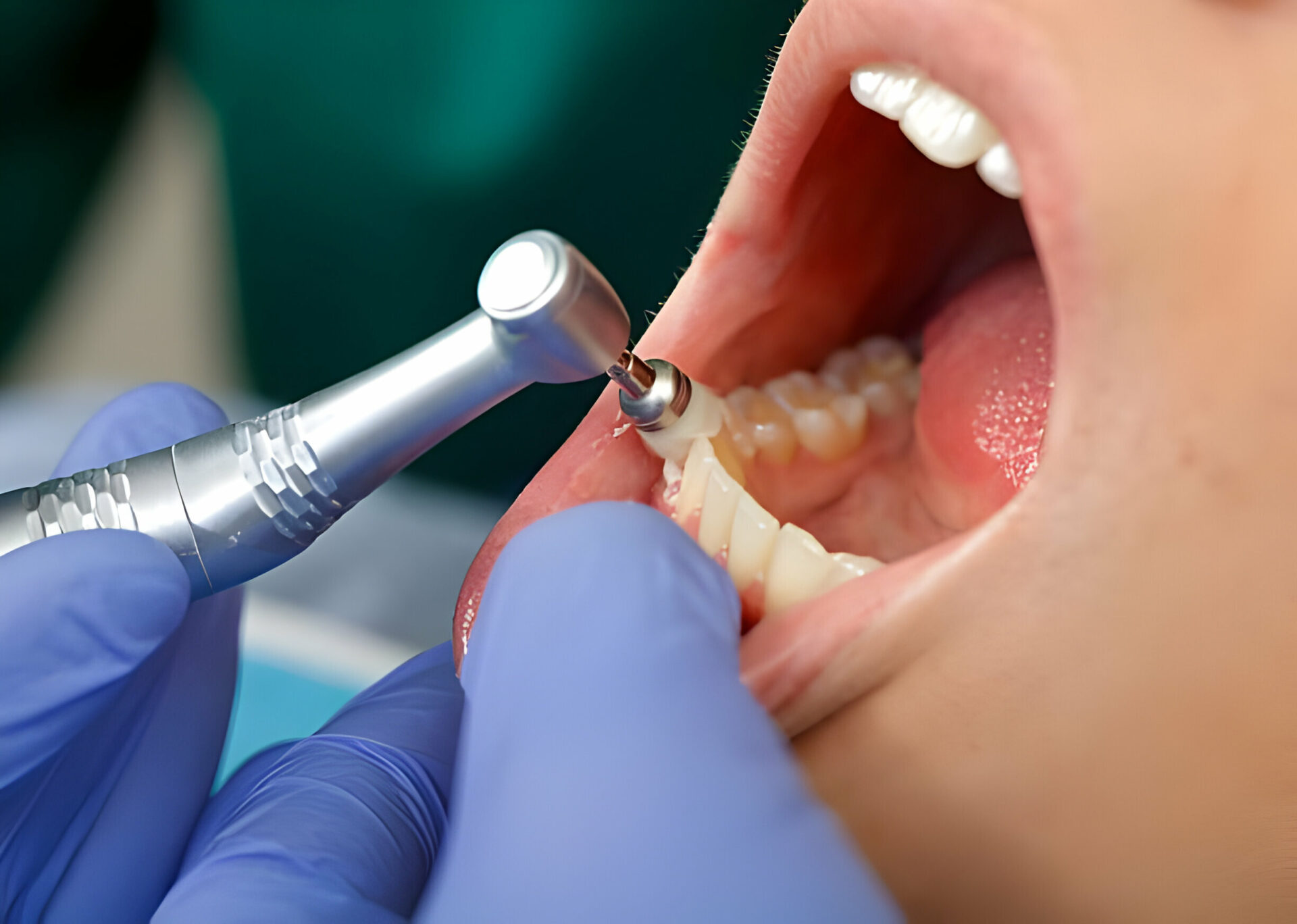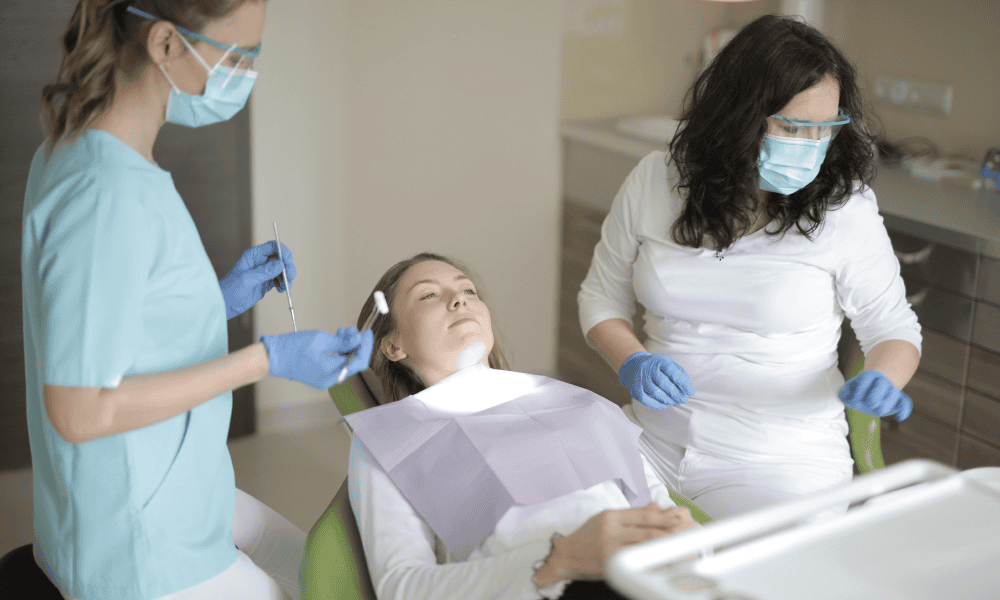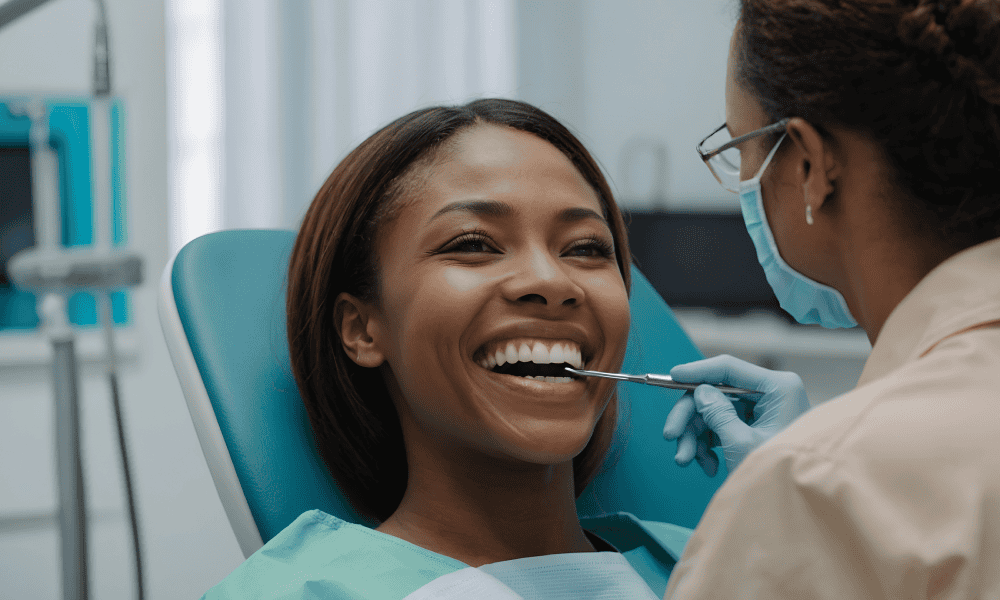A professional tooth cleaning is an essential part of maintaining good oral health. While brushing and flossing at home are crucial, regular cleanings by a dental professional help remove plaque and tartar buildup that can lead to cavities and gum disease. If you’ve ever wondered what happens during a tooth cleaning appointment, here’s what you can expect.
1. Initial Examination
Before the cleaning begins, the dental hygienist will perform an initial examination of your mouth. Using a small mirror, they will check your teeth and gums for signs of any potential issues, such as cavities, gum inflammation, or other oral health concerns. If any serious problems are detected, they may consult with the dentist before proceeding.
2. Removing Plaque and Tartar
The next step is scaling, which involves the removal of plaque and tartar buildup. Using a scaler, the hygienist carefully scrapes away hardened deposits from the surface of your teeth, especially around the gum line and in between teeth. Tartar can only be removed by a professional, so this step is crucial for preventing gum disease and other dental issues.
3. Deep Cleaning and Polishing
After tartar removal, the hygienist will use a high-powered electric toothbrush and a gritty toothpaste to polish your teeth. This process helps eliminate any remaining plaque and stains, leaving your teeth feeling smooth and fresh. The slightly abrasive texture of the toothpaste also helps prevent future plaque buildup.
4. Expert Flossing
Even if you floss daily, a professional flossing session can help remove any hidden debris between your teeth. The hygienist will ensure that all areas are cleaned thoroughly, which can also help pinpoint any areas where you may need to improve your flossing technique at home.
5. Rinsing
To clear away any remaining debris and polishing paste, you’ll be asked to rinse your mouth with water or a fluoride solution. This step leaves your mouth feeling clean and refreshed.
6. Fluoride Treatment (Optional)
Many dental cleanings conclude with a fluoride treatment. A fluoride gel or foam is applied to your teeth to help strengthen enamel and protect against cavities. This step is especially beneficial for children or individuals prone to cavities.
7. Final Check and Oral Health Tips
Finally, the dentist may conduct a quick examination to ensure everything looks healthy. The hygienist will also provide personalized advice on how to maintain optimal oral hygiene at home, including proper brushing and flossing techniques, as well as any dietary recommendations to improve oral health.
How Often Should You Get a Professional Cleaning?
Most dentists recommend getting a professional cleaning every six months. However, some individuals with specific oral health conditions may need more frequent visits. Regular cleanings not only help keep your teeth and gums healthy but also allow early detection of potential dental problems.
Book Your Next Cleaning Today!
Professional cleanings are a key part of maintaining a healthy smile. If it’s been a while since your last visit, schedule an appointment with one of our amazing student dental hygienist today and enjoy the benefits of a fresh, clean mouth!


